Old house, old chimney
wifetojoeiii
14 years ago
Related Stories

REMODELING GUIDESThe Hidden Problems in Old Houses
Before snatching up an old home, get to know what you’re in for by understanding the potential horrors that lurk below the surface
Full Story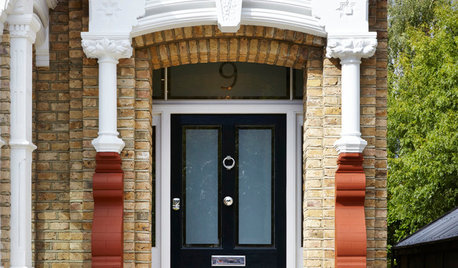
ECLECTIC HOMESHouzz Tour: A New House With a Grand Old Face
This Surrey, England, house looks for all the world like its late-Georgian neighbors, but it’s secretly newer. Much newer
Full Story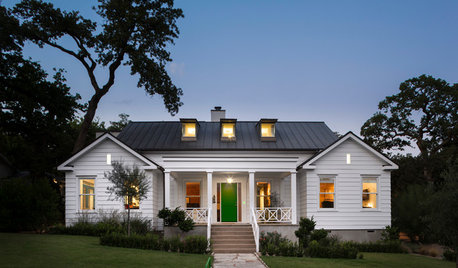
CONTEMPORARY HOMESHouzz Tour: Unusual Mixes of Old and New in Texas
Modern touches done in surprising ways give a traditional Austin house a whole new personality
Full Story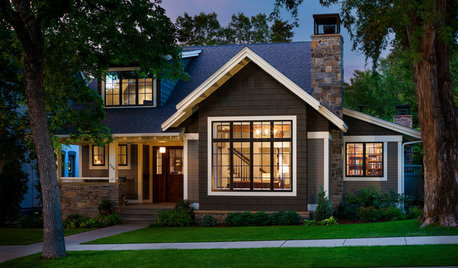
TRANSITIONAL HOMESHouzz Tour: Embracing Old and New in a Montana Bungalow
This home’s exterior fits the historic neighborhood, but its new, more modern floor plan fits the owners’ lifestyle
Full Story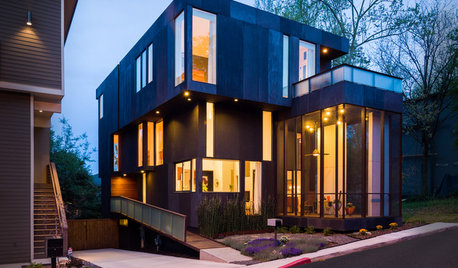
HOUZZ TOURSHouzz Tour: Modern Personality in an Old Atlanta Neighborhood
Artfully painted exteriors, soaring ceilings and stacked volumes make this home a decidedly different newcomer to the neighborhood
Full Story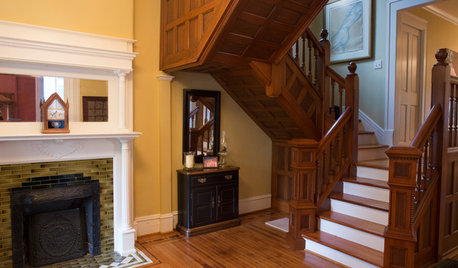
MY HOUZZMy Houzz: Attention to Detail Revives a Century-Old Louisville Home
After 13 years of wishful thinking, a couple complete a 5-year renovation in their historic Highlands neighborhood
Full Story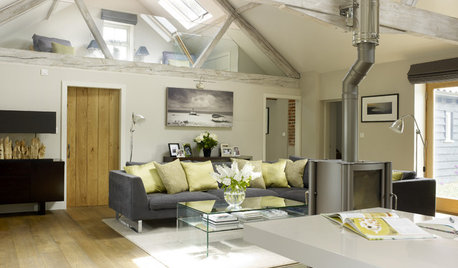
BARN HOMESHouzz Tour: An Old Dairy Gets a Contemporary Twist
Soothing neutrals and a mix of old and new transform a dilapidated Suffolk dairy into an elegant home
Full Story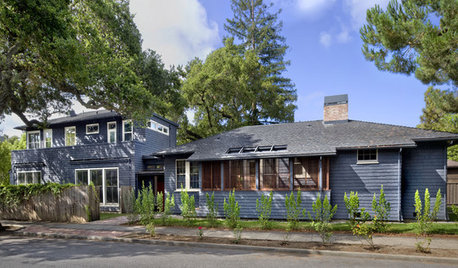
ARCHITECTUREStyle Divide: How to Treat Additions to Old Homes?
One side says re-create the past; the other wants unabashedly modern. Weigh in on additions style here
Full Story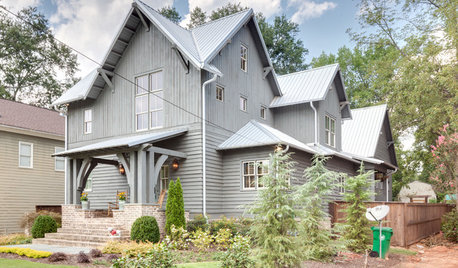
FARMHOUSESHouzz Tour: Some Old Tricks for a New Atlanta Farmhouse
A ‘pretend story’ helped this builder create a new farmhouse that feels like it was added onto over several generations
Full Story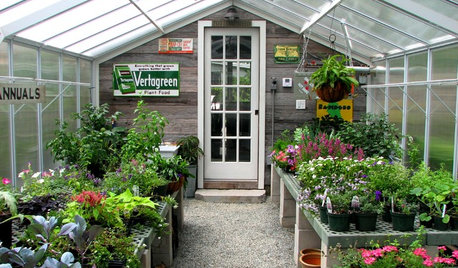
OUTBUILDINGSRoom of the Day: An Old Shed Becomes a Spa and Greenhouse
A garden-loving couple create the perfect place to have a soak and putter with their plants year-round
Full StorySponsored
Columbus Area's Luxury Design Build Firm | 17x Best of Houzz Winner!
More Discussions











hautinglu
larke
Related Professionals
Moraga Kitchen & Bathroom Designers · Northbrook Kitchen & Bathroom Designers · Sun City Kitchen & Bathroom Designers · Holden Kitchen & Bathroom Remodelers · Idaho Falls Kitchen & Bathroom Remodelers · Independence Kitchen & Bathroom Remodelers · Port Orange Kitchen & Bathroom Remodelers · Portage Kitchen & Bathroom Remodelers · Westchester Kitchen & Bathroom Remodelers · Prairie Village Kitchen & Bathroom Remodelers · Cloverly Architects & Building Designers · Euless Architects & Building Designers · Palmer Architects & Building Designers · Troutdale Architects & Building Designers · Syracuse Architects & Building Designersantiquesilver
fenestrationman
wifetojoeiiiOriginal Author
brickeyee
slateberry
mainegrower